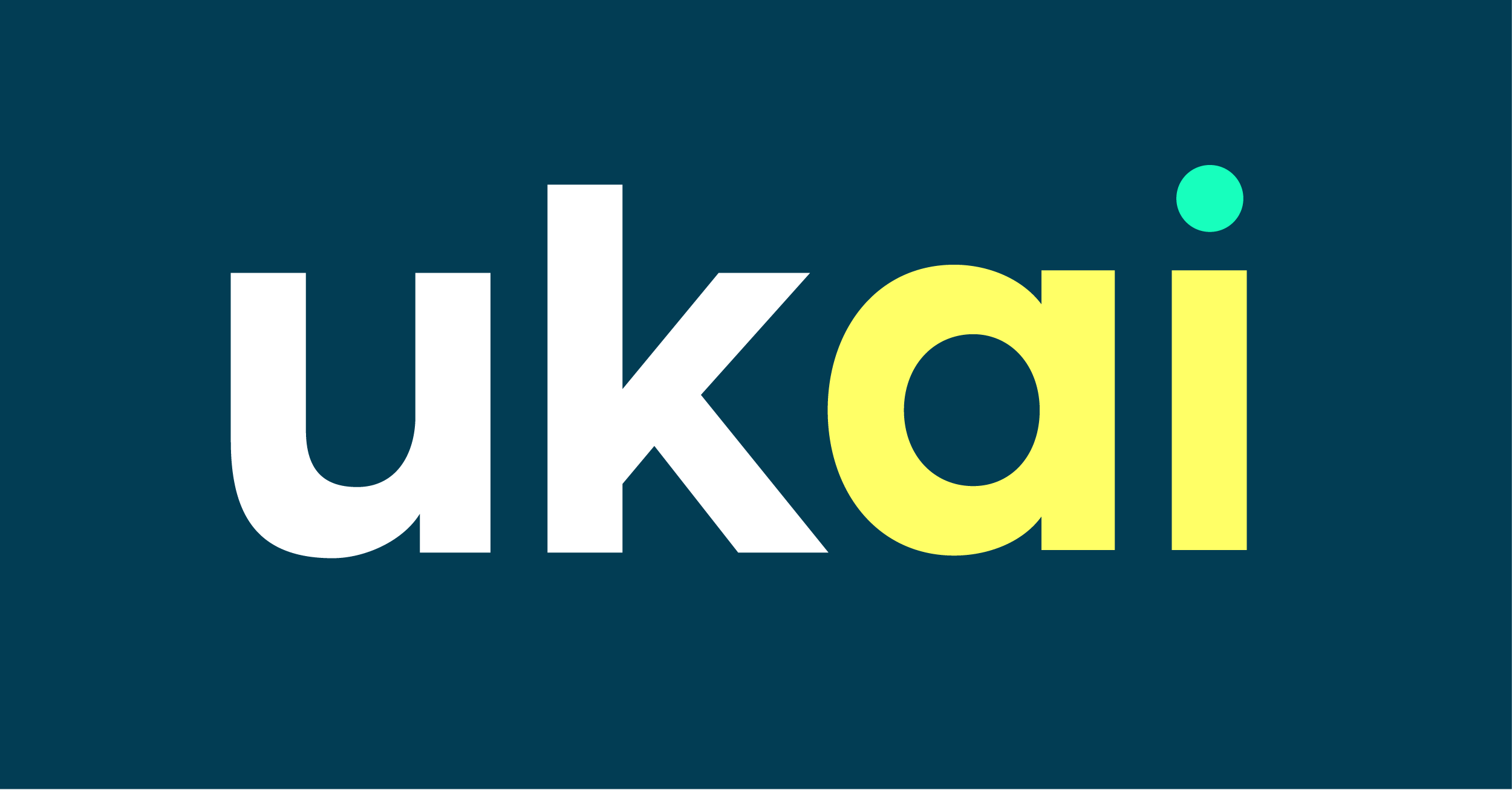Digital accessibility shifts from compliance to strategic growth driver with AI integration in 2026
Research from Level Access reveals a transformative shift in corporate perspectives on digital accessibility, demonstrating its role as a potent driver of business growth rather than a mere compliance obligation. According to the State of Digital Accessibility Report 2025-2026, released in November 2025 following a survey of over 1,600 professionals across the United States, United Kingdom, and Europe, an overwhelming 91% of respondents acknowledge that accessibility enhancements improve user experience. Furthermore, 90% report increased customer satisfaction, and 88% recognise benefits to brand reputation. Most notably, 75% of organisations that integrate accessibility as a strategic priority have seen measurable revenue gains.
This research underscores a maturing organisational approach to accessibility. The report identifies three foundational elements defining mature accessibility programmes: formal digital accessibility policies, clear accountability within organisations, and dedicated budgets. Impressively, 77% of respondents’ organisations maintain these components, signalling substantial progress since earlier annual assessments began in 2019. Financial commitment to accessibility appears robust and sustainable, with 68% of organisations planning to maintain or increase spending levels on accessibility initiatives over the next year. This sustained investment reflects executives’ recognition of accessibility’s strategic value beyond transient regulatory responses.
A significant technological advancement shaping accessibility strategies is the widespread adoption of artificial intelligence (AI). The report reveals that 82% of organisations now embed AI tools within their accessibility programmes. Notably, organisations with mature accessibility frameworks are 57% more likely to leverage AI capabilities compared to those lacking these foundational pillars. This correlation suggests that leading organisations view AI as a force multiplier enhancing accessibility efforts rather than a substitute for human expertise. The integration of AI mirrors broader industry trends, as AI-powered automation has accelerated across advertising platforms throughout 2025 and is extending into accessibility testing and remediation workflows.
However, despite these encouraging developments, challenges remain in embedding accessibility comprehensively throughout digital development lifecycles. Only 28% of organisations tackle accessibility during the planning phase, and a mere 27% incorporate accessibility considerations in the design process. This downstream, reactive approach contradicts best practices emphasising early-stage integration, which is critical to unlocking inclusive innovation and avoiding costly retrofitting. As Corbb O’Connor, Director of Accessibility Advocacy at Level Access, remarks, many teams “lack the time, tools, and guidance to innovate with disabled users in mind,” limiting the capacity to seize accessibility’s full strategic potential.
The consequences of delayed accessibility implementation extend beyond inefficiency. Organisations addressing accessibility post-development face significantly higher remediation costs and heightened legal risks during periods of non-compliance. Legal exposure is a pronounced concern, with 59% of respondents feeling vulnerable to regulatory or legal action within the next year. This risk is particularly acute in the U.S. public sector, where 80% of respondents anticipate legal challenges, reflecting stringent mandates such as Section 508 and procurement requirements. Equally, compliance with the European Accessibility Act (EAA) remains a critical hurdle; although 76% of respondents acknowledge the Act’s applicability, only 37% report full compliance as enforcement intensifies in 2025.
Leadership commitment emerges as a pivotal factor differentiating successful accessibility programmes. Organisations with strong executive backing are nearly seven times more likely to report improved revenue attributable to digital accessibility and concurrently experience a 25% reduction in perceived legal risk. Complementing leadership is the effectiveness of training, as organisations delivering robust accessibility education are over 2.5 times more proactive, signalling that knowledge gaps rather than resource limitations often impede advancement.
The broader context for these findings includes substantial market dynamics. The digital accessibility software market is projected to reach USD 1.37 billion by 2032 from USD 670 million in 2023, driven by regulatory compliance pressures and AI integration. This growth is mirrored in AI adoption rates more generally; a separate study finds that 78% of small and medium-sized businesses now utilise AI in business operations, highlighting the widening accessibility of AI technologies and widespread recognition of their business impact.
The AI in Accessibility market itself is expanding rapidly, with enterprises holding nearly 75% of market share as AI-powered inclusive technologies gain traction across sectors such as healthcare, transportation, and retail. These solutions harness machine learning, natural language processing, and computer vision to foster accessible digital experiences, support compliance, and enhance user engagement.
Given these interlocking trends, 2026 stands as a crucial year for organisations to embed accessibility systematically into business strategy and culture. Companies that maintain investment levels while prioritising early-stage integration can achieve significant progress without proportional budget increases, gaining competitive advantages while mitigating legal risk. For the UK and beyond, these positive steps position digital accessibility and AI adoption as complementary pathways toward building an inclusive, innovative environment that serves all users and drives sustainable business success.
Created by Amplify: AI-augmented, human-curated content.






